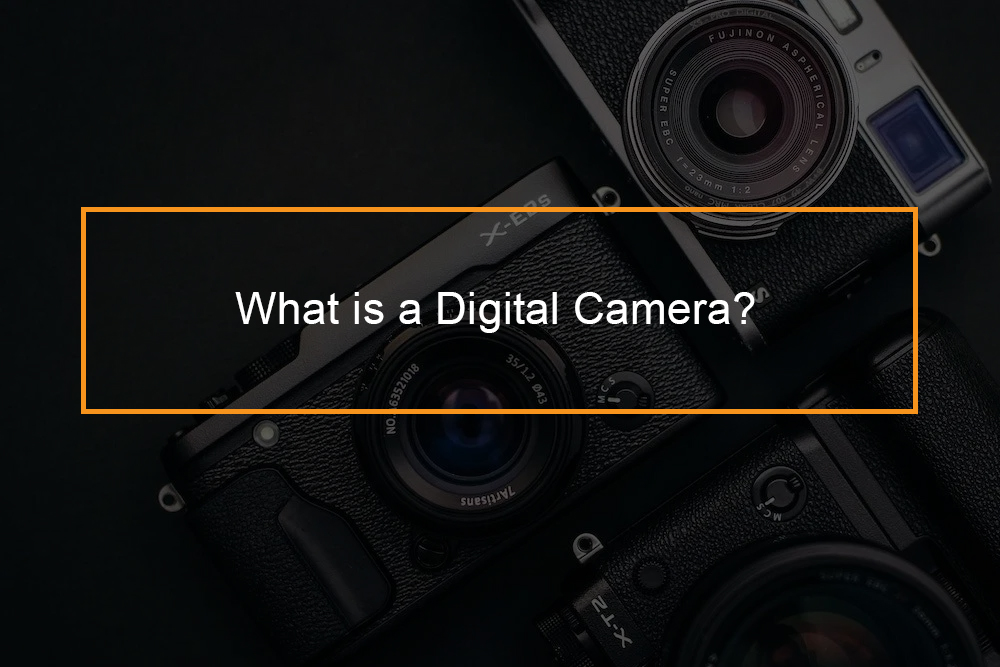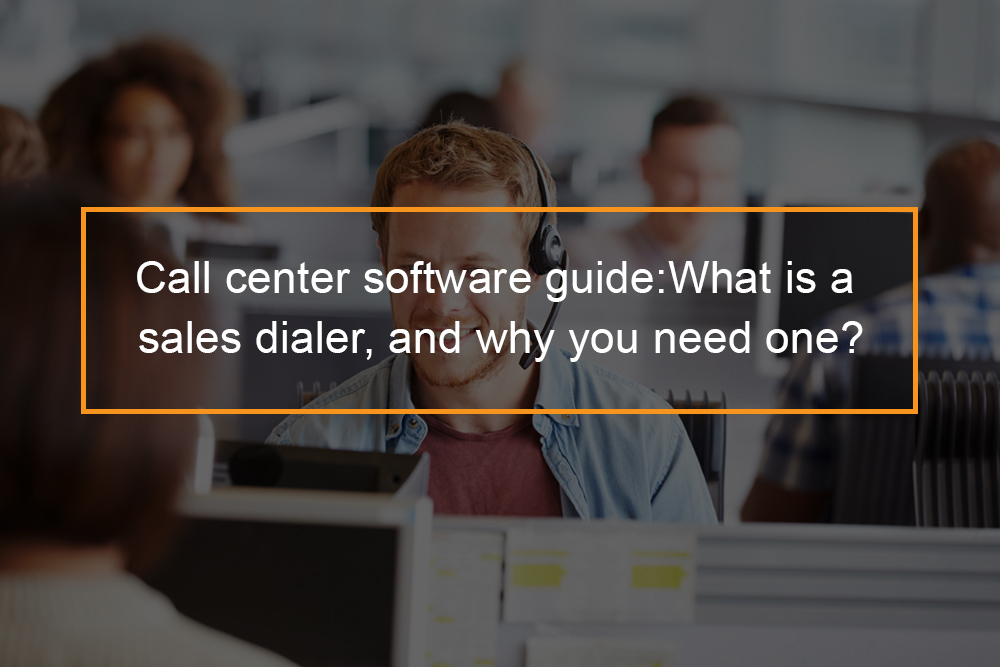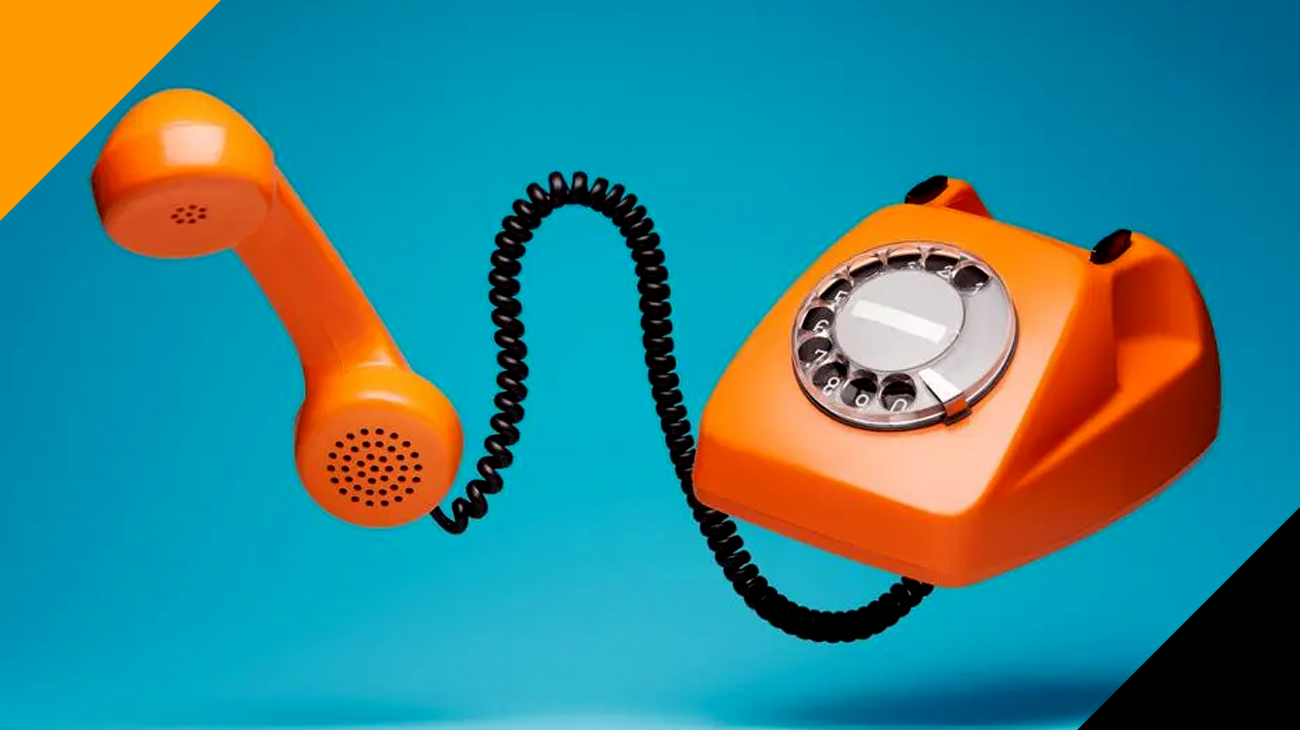
Digital cameras have revolutionized photography, making it quicker, more comfortable, and cheaper to take excellent pictures. They have all but replaced film cameras, and are the standard option of the majority of novices and professionals.
What a digital camera does is recording and storing photographic images in a digital form. Lots of current designs are also able to record sound or video, in addition to still images. You can capture by utilizing a photosensor, using a charged coupled device (CCD). These stored images can be uploaded to a computer immediately or saved in the camera to be submitted into a computer or printer later. You can also store images on a photographic cd or external hard drive. Most digital cameras have an LCD for seeing both pictures in the viewfinder and those in the camera’s memory.
How Digital Cameras Work?
Understanding Digital Cameras
Digital cameras look quite like standard movie cameras however they operate differently. When you press the button to capture a picture with a digital camera, an aperture opens at the front of the camera and light streams in through the lens. So far, it’s merely the same as a movie camera, although there are significant differences. There is no movie in a digital camera. Instead, there is a piece of electronic devices that record the incoming light rays and turns them into electrical signals. This light detector is one of 2 types, either a charge-coupled device (CCD) or a CMOS image sensing unit.
Light from the subjects you are photographing zooms into the camera lens. This inbound “image” hits the image sensor chip, which breaks it up into many pixels. The sensing unit measures the color and brightness of each pixel and marks it as a number. Your digital photo is a tremendously long string of numbers explaining the specific details of each pixel it contains.
Features of Digital Cameras
9 Essential Features of Digital Cameras
We’ve gathered a list of nine important features that any powerful camera should have.
Image Resolution and Quality
Most likely the most talked-about feature of a digital camera is its resolution, usually revealed as the number of megapixels (MP) its sensing unit will capture. The majority of modern-day compact cameras will record a minimum of 5MP, with top-of-the-range digital SLRs having a resolution of 20 megapixels or more.
A higher number of pixels doesn’t mean superior image quality. Per given sensor size, the more pixels it records, the lower quality each pixel will be. However, due to the higher resolution, each pixel also takes up less space when the image is displayed a particular size
Sensor Type and Size
Digital cameras use an image sensor to recording images. It acts just like the movie in a conventional camera, however instead converts light into a digital image which you can then store on a memory card.
We know of two main types of digital camera sensor – CCD (charge coupled device) and CMOS (complementary metal oxide semiconductor). There are small distinctions in the method these produce a digital signal. However, they create images which are comparable in quality, so it does not matter which your camera uses.
One element of the sensor which is very important is its size. A larger sensing unit will record a much better quality image, with less sound and greater detail. Sensor sizes range from around 1/2.5″ in digital compacts as much as 35mm for “complete frame” digital SLRs.
LCD screen and viewfinder
A camera’s LCD screen permits you to see the images you’ve taken, change camera settings, and browse menus. Along with this, nearly all digital compacts, and some DSLRs use a “live view” mode, where you can utilize the LCD screen as a viewfinder, to frame your picture before pushing the shutter button.
In general, a larger LCD screen with a higher resolution is much better, as it will permit you to see your images and check out menu choices more clearly. Many modern-day cameras utilize a roughly 3-inch screen, which is more than adequate.
In addition to an LCD screen, some cameras have an optical viewfinder for lining up your shots. These are especially typical of digital SLRs, which usually do not have a live view mode. The best types of the viewfinder are those that supply a “through the lens” (TTL) view, showing what the camera will capture.
Other cameras use a separate viewfinder which perceives a slightly various image from what the camera will catch.
Zoom
For cameras with integrated lenses, such as digital compacts and bridge cameras, the lens’s zoom level is essential in identifying how well you’ll have the ability to picture distant topics. A regular compact camera will have a zoom level of around five times (” 5x”), while bridge cameras can extend as far as 24x.
In basic, a higher zoom level is more suitable, but it’s likewise essential to take a look at the lens’s focal length range to make sure it can also cover an ideal large angle at its best setting – this is useful for photographing interiors and big, neighboring subjects such as structures.
There are two types of zoom – digital and optical. Optical zoom utilizes the lens’s optics to expand the scene, keeping a high-quality photo. Digital zoom merely enlarges the image to give the impression of focusing even more. It deteriorates the image quality and reduces the effective resolution. When likening cameras, make sure you are comparing optical zoom levels; digital zoom is mostly unimportant.
Digital cameras with interchangeable lenses (consisting of DSLRs) do not have such a significant zoom variety. It’s you can swap their lenses, so they tend to select higher quality optics over zoom ability.
Image stabilization
Some digital cameras utilize image stabilization to help you get a sharp picture with minimal blurring. It can be useful in circumstances where you are required to use a slow shutter speed and can’t utilize a tripod or other assistance and can permit you to use a shutter accelerate to 16 times slower than without image stabilization.
Optical image stabilization works by changing either a drifting lens aspect or the image sensor to make up for camera motion. It is better than digital image stabilization, which utilizes software processing to even out shakes, but which can not eliminate motion blur.
Burst mode
The “burst mode” has become very popular- where holding the shutter button down supplies continuous shooting, capturing numerous images one after the other. This mode is excellent for recording fast-moving action or scenes where your subject is moving. It is generally just found on digital SLRs, although some manufacturers are beginning to include it to their compacts too.
Two numbers measure burst mode. The very first is the variety of frames per second that it can capture, typically around 3 or 4 fps. The 2nd is the optimal number of shots it can take in a row, usually at least 15 for an entry-level camera, with more costly ones having the ability to shoot up until the memory card is full.
Video capture
Numerous digital compacts use a video shooting mode. Initially, this was just a trick, providing VGA resolution, low frame rates, and poor sound quality. Nevertheless, over recent years it has ended up being significantly people’s favorite, and lots of cameras now use complete 1080p HD video recording. This feature is also making its method into some DSLRs.
Although the quality isn’t as excellent as you ‘d receive from a devoted camera, the results are still extremely remarkable, certainly good enough for the periodic house video. When purchasing a camera, you must always use its still photo quality as the main criteria, but video capture can be a good perk.
Image format
Digital cameras utilize two main file formats for saving pictures – JPEG and RAW. JPEG is excellent for keeping high-quality images while keeping file sizes low (generally around 3MB). This format is more than enough for the majority of people and implies you can fit more photos on your memory card.
Along with JPEG, digital SLRs can also shoot RAW images. These are uncompressed files, and store a higher level of information than JPEGs, making them perfect for professionals who need extremely excellent photos which they can modify and increase the size. However, RAW files are much bigger, meaning you can’t fit numerous on your memory card. As a guide, RAW file sizes are approximately equal to the image resolution so that a 12MP image will use up around 12MB.
Memory and Storage
A standard digital camera may include a small amount of internal memory, although this is usually only enough to store a handful of images. To maximize your camera, you’ll require to purchase an sd card to choose it.
There are many different types of sd card, with Secure Digital (SD), CompactFlash (CF), and Sony Memory Stick being the most popular. They all do the same task, so do not stress which type your camera utilizes, merely make sure to get one that matches. SD cards tend to be a little more affordable than the other two. However, the rates are so low that it doesn’t make any practical difference.
Types of Digital Cameras
Describing the 8 Types of Digital Cameras
The various types of digital cameras include:
- DSLR
- Mirrorless
- Point-and-Shoot
- Bridge (Superzoom).
- Medium Format
- Big Format.
- Full Frame.
- Instantaneous.
DSLR Cameras
Since introduction in the 2000s, they’ve been increasingly popular not just in the digital camera game however as a substantial hit in the kinds of video cameras also.
Counting on a digital image sensing unit (rather than the conventional movie cameras utilized to require) and mirror innovation to record its subject, the term DSLR means digital single-lens reflex camera. These kinds of cameras have a viewfinder that offers you a detailed example of the image you are trying to record because it uses only one lens.
The contrary of this would include a viewfinder having its different lens for us to see what we’re catching.
It nevertheless tends to distort the accuracy and clarity of our images, so a big advantage of this “single-lens” design is keeping it clear and concise with simply one lens. Therefore, once you focus the image through the lens, the light is transferred to one mirror that can reflect an exact image of what you will capture. Once you capture the image, it then goes through another system called the “camera processor” which is an advanced chip that understands and processes that details you’ve just caught with your camera onto your sd card. By pressing on the shooting button only halfway, a high-speed shutter with autofocus lets you take constant photos to capture many data without needing to fiddle with your lens each time you want to snap a shot.
Mirrorless Cameras
Among the most significant elements that some have discovered continuously as prevention from purchasing a quality camera is typically the size. For example, we think of trips for trips, job-related jobs or even those specialists who need to take a trip to shoots that involve being on the relocation often. In that kind of setting, you want to have the lightest items that take up a very little quantity of space, so you don’t need to fret about carrying a bunch of gear with you.
Considering the apparent name of a mirrorless camera, as opposed to the previously listed type of digital camera, the image that the sensor picks up on filters the light directly through the lens without the image appearing in a mirror. It, in turn, makes these cameras both lighter and thinner since they don’t have the included element of the length of a mirror to show the image. They likewise can record more frames per second (fps) because these kinds of cameras utilize high-speed shutters that can detect and see the light at a quicker rate. And yes, while they are a bit more challenging to use in questionable lighting, you can still attain a clear and accurate picture through qualities like autofocus and image stabilization. Just like DSLR cameras, these likewise have interchangeable lenses, among the most significant pluses out there. A slight disadvantage of mirrorless cameras is the reality that their viewfinder is not separate from the LCD screen (most tilt by the way).
Point-and-Shoot Cameras
With this kind of camera, the name states it all– you take the camera, point it at your subject, and shoot your image (technically speaking, anyway). While there are still the ancient variations of the disposable camera still available, there are now digital variations of this camera that includes a viewfinder similar to that of a mirrorless camera. The most significant change with these cameras is that they consist of two lenses, with an image sensing unit and then another lens that displays on the viewfinder.
The picture you see on the viewfinder might not be precisely like the final product, but with improvements like zooming lenses (lots of point-and-shoots have more advanced and much better zoom than DSLRs or mirrorless, so that might be a plus for you). Red-eye decrease, auto-focus, manual changing of direct exposures, and a live sneak peek of the image; you can still get quality photos if you get a Point-and-Shoot Camera.
We like point-and-shoots because they’re a lot more affordable than DSLRs or mirrorless cameras, not to point out a lot more compact in case you were highly concerned with size and your intended application of a digital camera entailed the phrase “the smaller, the better.”
Bridge (Superzoom) Cameras
While taking a look at magazines like National Geographic, ever wondered how photographers could take clear photos on a range of animals without being harmed. The answer is the superzoom camera.
A superzoom camera, more frequently described as a bridge camera, is a hybrid of the classic point-and-shoot and a single lens reflex (SLR). These cameras include a large lens for focusing on objects and are equipped with a digital viewfinder for photo sneak peeks. Its built more for those who recognize with the intricacies of the innovation, as the majority of features like shutter speed, color, and aperture required to be adjusted by hand. They likewise feature a smaller image sensor that the majority of DSLRs to accommodate the zooming function, indicating that their design isn’t the very best when you are looking for wide-angle shots.
Complete Frame Cameras
For those of you who are assessing yourself as not a beginner however certainly not an expert when it comes to taking pictures, the complete frame camera might be the very best kind of digital camera to match your photography requires. With these types of cameras, you’re aiming to get a high-resolution photo that keeps it’s natural and practical structure, yet producing a vibrancy that is usually challenging to catch in images. These cameras are on the bigger side, so while they’re not the very best for travel, nevertheless they do catch subjects well at all angles and different sizes.
Concerning medium and large formats, full frame cameras consist of a smaller 35mm sensor that provides you a similar look to medium size and is available in most DSLR cameras. These are the most significant sensing units you can buy up until you begin to strike the expert camera realm that reaches the thousand-dollar price-range (medium and big formats, which are listed next). The real advantage of this larger sensing unit size is the impact it has on the image quality. Because of the large size of the sensor, you’re able to have higher megapixel counts. You’re likewise getting some low noise (specifically in ISO’s that are high or in lower light settings). You can use it for more professional settings, such as cameras for weddings.
Complete frame cameras are on the pricier end of the budget, but the total item helps to make these cameras a high-quality camera that remains well examined in the photography world.
Medium Format Cameras
Once you learn and see the difference in a photo taken on a medium format camera, the hype becomes evident, as these cameras design is for professional and high-resolution photographs that although including a price, make it apparent that professional photographer isn’t using the traditional methods to capturing images.
When someone states medium format, the reference isn’t to the total size of the image (there are a variety of sizes) however instead to the bigger sensing units it contains. Landscape photos mostly benefit from this type of camera because they get a precise view of an image at a larger angle without losing clearness or receiving a rough background in the finished product.
Medium format cameras are generally utilized by the specialists that are seeking to deal with still life photography. These cameras are costly, but the high cost also features a high-quality product.
Large Format Cameras
It’s not a “digital camera,” we still wished to include this “type” for some of you to know.
While the medium format is referring more to the size of the sensor, large format cameras got that name due to the size of the movie in the camera. The function of the boost in film size is that this enlargement usually produces photos with higher quality resolution. You can interchange the lenses, and these types of cameras likewise have individual sheets of a movie, which lets you separately process and take a look at every picture. Remember that this is a sophisticated camera and needs the user to alter and change everything by hand. If you depend on the challenge than a big format camera remains among the best in its classification. This digital camera type is most certainly one of the innovative options out there for experts.
Instant Cameras
Even though the instant camera has been on the marketplace given that the 1940s, the appearance and design of the photos it produces has returned to be a popular choice today. The updated innovation and compact size are some of the elements that make individuals lean towards reverting to the next camera fad. Current immediate cameras usually come with a touchscreen display that allows you to view the photo before printing, along with features such as Bluetooth to digitally send and conserve your pictures even after you print them. Also, matching the interest in Instagram, much of these cameras feature filter choices and different other image tweaks.
The most significant feature to bear in mind when thinking about an instant camera boils down to this– you can print photos wherever you are without the hassle of having to send them off or purchase additional ink for an image printer. Yes, the pictures are more of the pocket-size range, however, if you’re searching for a fun and easy method to print your photos for instantaneous watching, then the instant camera has you covered. It isn’t an expert camera. However, we felt the requirement to include this last in our digital camera types assist in making sure a few of our readers weren’t trying to find a fun and simple service to a camera rather than the others.









